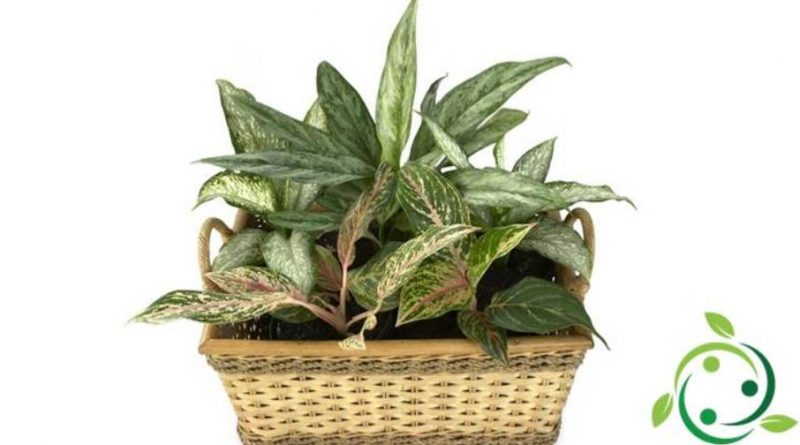How to grow Aglaonema
How to grow Aglaonema
Aglaonema is a genus of plants belonging to the Araceae family, which includes many ornamental plants. This kind of evergreen herbaceous plants is native to China and Indochina where they live in the swamps and undergrowth of the local tropical forests.
In this sheet we will see how to cultivate the Aglaonema, considering that “we will force” the plant in a different habitat from its original one.
Aglaonema is a very decorative and yet easily cultivated houseplant.
About fifty species belong to this genus, which are similar to the Calatea or Dieffenbachia, which present large, very decorative and variegated leaves with long, even one meter long petioles. Among all the species the best known is Aglaonema commutatum, especially the varieties with variegated leaves like the Silver Queen, elegant and very easy to grow. The species has also been affirmed as Aglaonema nitidum, with oval leaves, or Aglaonema costatum (with fruits of very decorative yellow or red berries) and the more discreet Aglaonema modestum. The leaves with an ovate, lanceolate or oblong shape have all the smooth margins.
These plants have flowers that are particular inflorescences formed by a spadix, with a thick and thick main axis and sometimes unisexual and sessile flowers of white or green color.
Now let’s see how to grow Aglaonema. These plants need bright areas, even if they tolerate semi-shaded environments. The protection against too high temperatures and direct sunlight is important. In non-mild areas it can be grown only in pots in protected environments. They need soft soil, rich in organic substance and well drained with the addition of sand and peat; take this into account if the soil is to be prepared manually, especially for pot cultivation. In the pots, to increase drainage, very coarse (1-2 cm) materials will be placed on the bottom, such as perlite or other to facilitate the draining of excess water; this because the watering must be abundant in summer; during the period of vegetative rest the watering should be carried out only in the presence of completely dry soil for some days.
For fertilizers, consider that it is appropriate to intervene from the vegetative growth until the end of the summer; the fertilizer should be administered every three weeks. Specific liquid fertilizers for green plants diluted in water for irrigation or slow release granular fertilizer every 2 months should be used.
For propagation we can start from seed, in case it goes to flower and then to fruit, or by cuttings. For seed propagation this should be buried in the spring, while with the propagation of the agamic it can be done by dividing the tufts or by cuttings in the period between spring and early summer. For the propagation by cuttings the basal suckers are taken that have at least two leaves or pieces of stem with at least three nodes. The cuttings are rooted in a mixture of sand and peat, keeping the substratum always moist, so as to encourage rooting, until the appearance of new leaves.
For the cultivated plants it is important to remember that repotting is performed every two years, during the spring when it is noticed above all that the roots of the plant come out from the water drainage holes.
Among the Aglaonema parasites we especially remember the cotonose cochineal which forms whitish clusters under the lower page of the leaves; this attacks mainly the plants raised in poorly ventilated places and with very high temperatures. The mealybugs can be removed manually with a ball soaked in water and alcohol when they are few, or eliminated with products based on Marseille soap.

